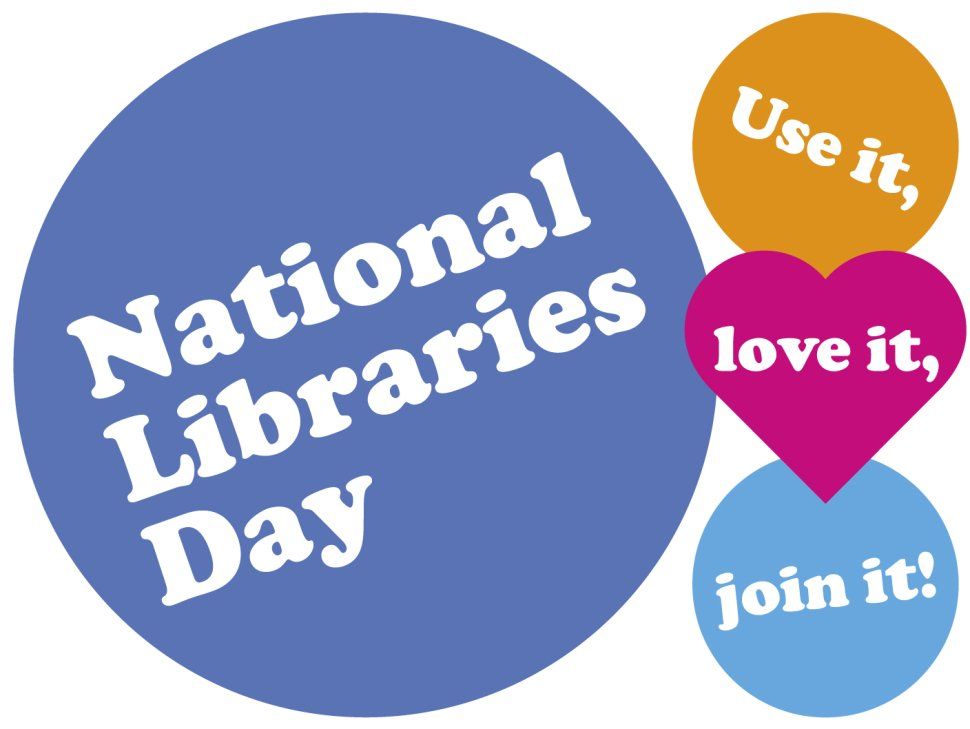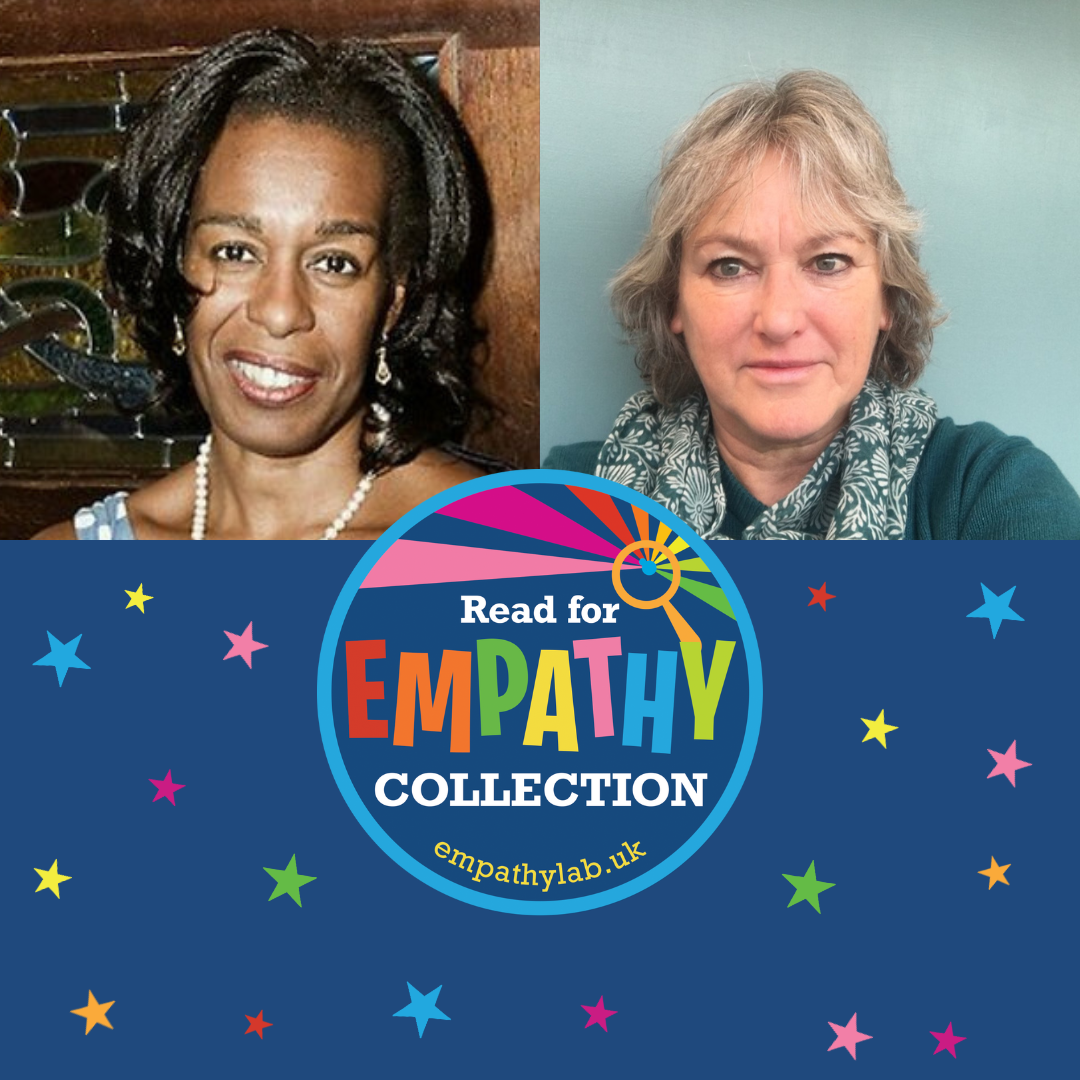EMPATHY AND LIBRARIES
- By EmpathyLab
- •
- 31 Jan, 2017
- •

EmpathyLab is passionate about using words and stories to help children understand and empathise with others. We also believe that through stories, children can understand themselves better.
Libraries and their staff have a vital empathy boosting role. Obviously, they provide children and their parents with a great choice of books – from picture books for young children exploring new experiences and emotions through to books for young adults coping with questions and uncertainties about growing up.
But library staff can also help children find the books that are right for them, and they love talking to children about these. All library services take part in the national Summer Reading Challenge , developed by The Reading Agency and delivered in partnership with UK children’s library services. As children read six books, collecting rewards along the way, library staff and young volunteers focus on discussing books , enabling children to think about the stories and explore the characters’ emotions.
In the early years libraries also give families the chance to share rhymes, stories and songs. This precious close time helps build the strong relationships that are a key foundation for empathy.
So how will EmpathyLab help libraries develop their ability to build children’s empathy skills? We are currently testing two training offers. The first is based on research into special ways of reading and sharing books that help staff talk to children in a way that focuses on the characters and emotions, helping them reflect and understand whilst keeping the discussion safely within the context of the story. The second concentrates on the early years and particularly rhyme time sessions; highlighting the importance of parents and carers sharing rhymes face to face with children as well as with rhyme time leaders. Children watching the faces and the expressions of the significant people in their lives during these special times can really strengthen the bond between them.
Library staff who have taken part in the training have been enthusiastic about the role of empathy in their work with children:
“I was really excited by the course and found it all quite inspirational. Would love to have some more input on how to bring the ideas to our work in libraries!”
“Talking about this just reminds us all of the intrinsic value that reading has. Just by reading a book you can feel better, less lonely, more connected...”
“It is important for all library staff to show empathy to their customers young and old.”
EmpathyLab will be developing its library offer over the next few months. On National Libraries Day let’s highlight the very special role libraries can play in children’s lives.
If you’d like more information about our training – do get in touch.
Keep up to date with what we’re up to on Twitter.
Join our network on LinkedIn – we’d love you to be part of the conversation.
Find out about the Top Ten Messages from our Think In and our next steps.

The collection consists of 65 books for 3-16 year olds, each chosen for its unique contribution in building young people’s empathy.
The primary collection for 3-11 year has 40 books; the secondary collection features 25 books for 12-16 year olds.

I am very fortunate to have been on the Read for Empathy booklist judging panel over the past few years.
I’m also a practising classroom teacher so I would like to consider how the books on the list can influence what happens in a school.
Firstly, along with many other schools, reading aloud is an important part of our school day, every day, almost without fail. All the teachers at my school are aware of the EmpathyLab booklist, and often use it as a basis for choosing their next class read. Knowing that the books touch on important aspects of our children’s lives is key; we all understand how important representation is in stories. These are books that make a difference, that lead to passionate discussions in the classroom and can actually influence children’s behaviour .
The booklists become increasingly valuable. We have a couple of hundred empathy texts at our school – they are there on merit. Staff often refer to previous lists if there as a particular aspect of empathy that they want to include or share with the children.
Our Year 6 Reading Champions often seek out picture books from the list to take in to KS1 and Reception when they read stories, so we already have the next generation educating each other about the importance of empathy. I love the fact they often meet beforehand (they tend to work in twos) to discuss what questions they might want to ask the children once the story has been read. After each booklist is released, they also spend several of their Friday recommendation slots in assembly talking about a couple of the books. We have parents in on our Friday assembly so it’s a great way to share the texts with them and help raise their awareness of our work.
We often use the books as our teaching texts for English, partly because they encourage excellent writing but also because they provide a fantastic opportunity for our pupils to develop their empathy skills. The Wild Robot by Peter Brown, Miraculous Journey of Edward Tulane by Kate DiCamillo, Freedom by Catherine Johnson, Eyes that Kiss in the Corners by Joanna Ho and A Street Dog Named Pup by Gill Lewis are all books that have made in into our English curriculum as a result of being on one of the Read for Empathy booklists. Well, that’s not strictly true - Edward Tulane was there before that as it’s one of my favourite ever books, but you hopefully take my point.
Reflecting on our empathy journey over the past few years, I’ve also found that the more books children read that address empathy, where they can relate to the characters and their choices, the more books they want to read. It’s almost a virtuous circle. Many begin to realise that such books can empower them to think about situations.
For example, as soon as we finished A Street Dog Named Pup last year, several of them immediately wanted to read other books by Gill Lewis. Because empathy is a thread that runs through much of her work ( Gorilla Dawn , Moon Bear , The Closest Thing to Flying and so on). Thanks to EmpathyLab's lists, I was able to point them in the direction of several other books, by her and others.
I think we agree that teaching children about empathy and providing them with opportunities to develop it is one of the most important gifts we can give them as adults. The fact that empathy has gone from being something that schools sort of understood a few years ago to being something that has got an increasingly solid evidence base is crucial.
There’s always been anecdotal evidence that reading stories is important for children and that it can change how they think but now that’s backed up with research. The empathy revolution (and it is a revolution) is only going to pick up more momentum over the next few years as the need for it becomes ever more apparent. Working in schools and in the world of children’s books means that we’re in the front line. There’s nowhere else I’d rather be.
